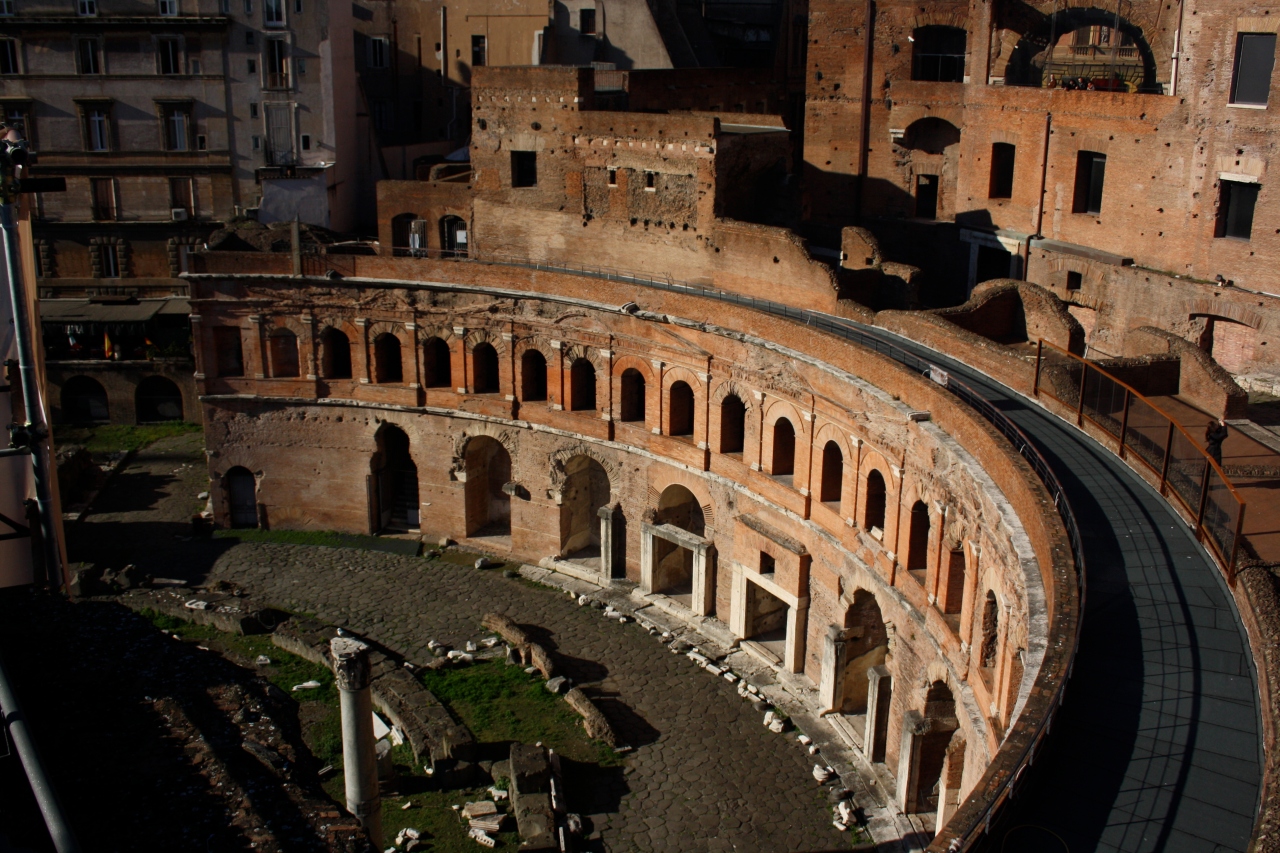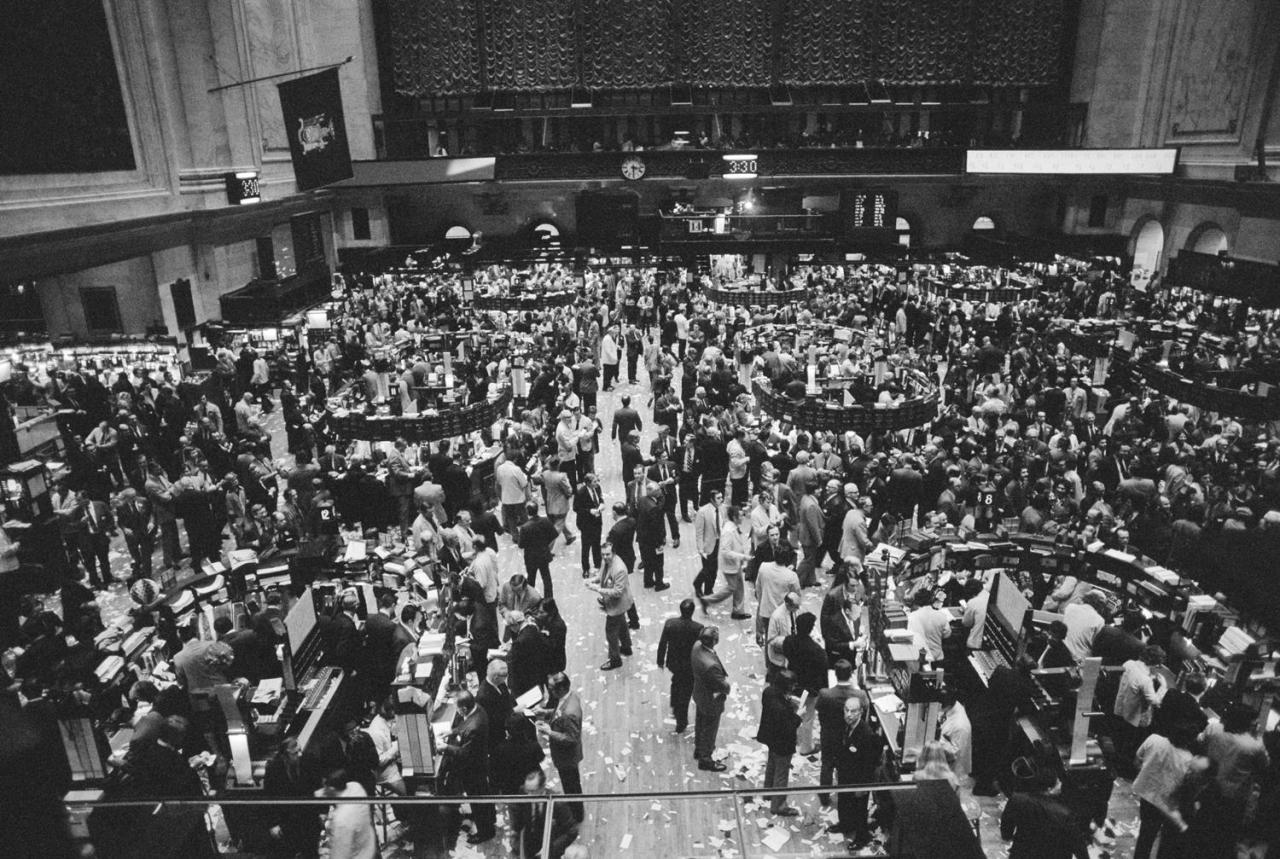In prior weeks we explored the first of Five waves of innovation that transformed humanity and our society. Last week we explored the very recent arrival of the Fourth wave, personal freedom.

The inevitable push for free markets followed close behind, and in some societies the sequence overlapped or even reversed—economic success first elevated titled property owners, then tradesmen and eventually laborers. By uniting, each “class” achieved sufficient power to demand self-determination.

Calm: A States Yacht under Sail close to the Shore with many other Vessels, by Willem van de Velde the Younger, 1655
Crossing Borders
The period between the sixteenth and eighteenth centuries is commonly described as the Age of Discovery. Merchant traders sailed to the four corners of the world, triggering geographic exploration, especially from Portugal, Spain, England and the Netherlands.

The Cantino planisphere or Cantino world map is the earliest surviving map of sailing discoveries the east and west:f Columbus to Central America, Corte-Real to Newfoundland, Gama to India and Cabral to Brazil..
Free and open global trade fueled international diplomacy, scientific discovery and more than a few skirmishes. Protective and in many ways superior states, like the Qing empire of China in the 15th century, and the reactionary trade closures of the Tokugawa shogunate of Japan in the 17th century, closed their borders to the world. They awoke to discover that the world had passed them by.
If China continues to prosper at current rates it will have taken all of 500 years to regain their stature among nations. Japan had to submit their freedom to surrender and occupation to regain the right to participate.
Isolation builds walls. It defies the path to progress. Progress, across borders, paves the path to freedom. The Economic Union serves as a beacon, for the dissolution of borders among partners and peers.
The Engine of Freedom
Free markets added to the preceding waves of human innovation, transformed our base condition from poverty and indigence. Nations rode the growing aspiration of their citizens to win political freedom.
Free lives often begin with free markets. Free markets keep the doors open and unlocked.
Free markets as the path to free lives may seem counter-intuitive, not least because one domain of international trade involved the kidnap and enslavement of tribal peoples in Africa, South America, the Caribbean and across Asia. So no, it was not without tragic failures in the path to human liberty. It’s a storm-tossed journey, but the long trek of liberal markets consistently led to the liberation of souls.
A Short History of Market Liberation
Evidence of long-distance merchant-driven trade can be found as early as second millennium BC, with the Old Assyrian merchants.
TRAJAN’S MARKET

Rome’s ruins of Trajan’s Market, considered the first “shopping mall”, built 100-110 AD by Apollodorus of Damascus
The earliest forms of mercantilism date back to the Roman Empire, expanding with their Legions throughout Europe. Their goods made their way to town squares. The biggest towns needed something a bit bigger. Trajan’s Market, built at the turn of the second century, served as the world’s first known purpose-built shopping mall.
ARAB MARKET AT VALENCIA

1609: The Expulsion of the Moriscos decreed by Spain’s King Philip III. These descendants of Muslim Moors were coerced to convert to Christianity 100 years earlier.
After the collapse of the Roman Empire, most European economies fell to the control by local feudal powers. Mercantilism collapsed there, though persisted in Arabia on established trade routes to Egypt, Persia, and Byzantium. Do not think it a coincidence that science and arts flourished where trade remained free.
As Islam spread in the seventh century, mercantilism reawoke Spain, Portugal, Northern Africa, and Asia. Trade revived most of Europe in the fourteenth century, as Spain and Portugal raced for gold across the seas.
ITALIAN FEUDAL STATES

The Middle Ages of Europe, from the fall of Rome in 5th through 14th centuries, denied intellectual and economic progress. These Dark Ages, presided over by the Catholic Church, preached denial—of worldly pleasures and self-expression. Ironically, when the light finally returned, the Church provided the last great reservoir of ancient knowledge.
Feudalism prevailed, hierarchically divided on their position in the agrarian economy. This system scattered fiefdoms across Europe. These self-sufficient rural towns and villages paid taxes in crop and trade to their lords in return for the right to work the land, and some protections. This renewed dormant ambitions and stoked jealousies to challenge authority. Markets offered an answer, often black markets, where citizens’ illicit barter allowed them to eek a bit more reward from their toil.
Markets eventually overwhelmed overlords, starting with the Italian city states. These local market economies, fueled by trade and lubricated by an emerging commercial banking system, laid the groundwork for the Renaissance to flourish.
GO EAST YOUNG MAN

East India Company shipyard at Deptford Creek, SE London at the River Thames, 1660
From 1601 through the eighteenth century, the commercial stage of capitalism originated from the decks of the Dutch East India Company and the competing British East India Company. Ventures took colonial and expansionary powers granted by their governments to ply the waters from India to East Asia.
During this era, merchants invested capital in the East India Companies, exploratory voyages, and their respective colonies. Every loose coin found a market for speculation. Coffee houses and public houses hummed with rumors of riches to be had across the water.
The silk road was sufficiently paved. Portuguese, Dutch, French, Spanish and English trade turned West to establish colonies in the Americas.
SCOTTISH ENLIGHTENMENT

A veritable “who’s who” of the Scottish Enlightenment, which peaked in the latter half of the 18th century.
Economic theorists David Hume and Adam Smith described the market’s invisible hand in the mid-18th century. Their views challenged established mercantilist doctrine, refuting the belief in a zero-sum game, that the world’s wealth remained constant and a state could only increase its wealth at the expense of another.
Their work liberated markets in the subsequent centuries of government policy with the prospect of mutual benefit through unfettered international trade.
INDUSTRIAL REVOLUTION

Chemnitz Machine works of Richard Hartmann, a successful entrepreneur of the first industrial revolution, and among the largest employers then in the Kingdom of Saxony
The industrial revolution can be characterized as a blitz of technological developments and economic activity in the 18th and 19th centuries. Invention of the steam engine and use of coal catapulted Great Britain and the rest of the west into an era of increased productivity, rapid population growth, urbanization and higher standards of living.
The Corliss steam engine was a symbol of the nineteenth-century belief in progress and industry. The 700-ton 1,600-horsepower engine powered all the exhibits at the Centennial Exhibition in Philadelphia, Pennsylvania, in 1876
Following the global depression of the 1930s, the state played an increasingly prominent role in the capitalist system throughout much of the world.
FINANCIAL REVOLUTION

The New York stock exchange trading floor (1950s)
After World War II, a broad array of new analytical tools in the social sciences were developed to explain the social and economic trends of the period, including the concepts of post-industrial society and the welfare state.
English economist John Maynard Keynes influenced the adoption of economic stabilization policies.
A postwar boom ended in the late 1960s and early 1970s, and the situation was worsened by the rise of stagflation: high inflation combined with slow output growth, rising unemployment, and eventually recession. This cost Keynesians credibility in the welfare-statist mode of regulation.

Economists John Maynard Keynes, Friedrich Hayek, Milton Friedman
Under the influence of Friedrich Hayek and Milton Friedman, Western states embraced policy prescriptions inspired by laissez-faire capitalism and classical liberalism.
In particular, monetarism, a theoretical alternative to Keynesianism more compatible with Free markets, gained prominence, especially under the leadership of Ronald Reagan in the US and Margaret Thatcher in the UK in the 1980s. Public and political interest began shifting away from the so-called collectivist concerns of Keynes’s managed capitalism to a focus on individual choice, called “remarketized capitalism.”
In the eyes of many economic and political commentators, the collapse of the Soviet Union brought further evidence of the superiority of market capitalism over communism.
With Great Power, Great Responsibility
Corporate motivations are equally capable to corrupt actions to serve greed rather than good.

Resulting chaos and crime scene, Wall Street anarchist bombing 1920
Trinity Church chimed the familiar mid-day bells on Sep 16, 1920. Two blocks east, an explosion rocked Wall Street. New York’s finest swarmed the financial district amid the chaos of 38 dead and 143 wounded financiers and clerks. Never solved, evidence led to the Galleanists, Italian anarchists militarized by post-war social unrest, labor struggles and anti-capitalist sentiment toward the US.
Someone to Watch Over Me
Wild fluctuations in financial markets up to the Great Depression led to regulations to ensure transparency, accountability, and interdependence. The US stopped short, never demanding separate oversight from management. Conjoined titles of CEO and Chairman symbolize inherent conflict and potential for corruption.
Is it any wonder that US CEOs are disproportionately overpaid relative to their international peers? What would you expect when the body that hires, fires and remunerates the executive is chaired by that executive? Latent invitation to manipulation and abuse in the job description bodes ill for owners. Shareholders must eventually rise to defy this anomaly.
Free markets promote growth. Unfettered power corrupts it.
Growth Curves
World population grew continuously from the end of the Great Famine of 1317 and the Black Death in 1350, when it was near 370 million.
Population grew fastest from 1955 to 1975, peaking to 2.06% and reaching four billion in 1974, five billion in 1987, six billion in 1999, seven billion in 2012.
You recognize the curve.

The United Nations estimated that we are among a family of 7.6 billion world citizens at the dawn of 2018.

In review of the five waves of innovation, humanity has been transformed by
- Language, allowing us to educate ourselves, to commune, to achieve clarity and understanding to work together in shared pursuit.
- Mathematics gave us the rigor to understand the forces of nature around us and prepared us for the next wave, to harness them…
- Domestication allowed us to tame nature, settle into communities, divide labor, and for the first time practice creativity without abject fear of starvation.
- Individual Liberty gave us free choice, the will and ability to live our lives on our own terms and build for a brighter future for our children.
- Free Markets gave us economic opportunity to enhance our condition, with the obligation to take accountability for the common good
So where do we go from here?
Welcome to the Sixth Wave

Artificial light at night around the world, c/o NASA composite Nov 2000.
We have entered our next wave. It’s hard to see because we are only at the dawn of our connected humanity. But the ripple grows inexorably to propel us to a very different and better future.
Technology lit the world, freed information, and accelerated global transparency. Waves of innovation offer the promise to elevate our singular species to become one people, one community, worldwide. Emerging breakthroughs in new domains of science, biologics, genomics, nanotech, processing power, connectivity and artificial intelligence, we flow toward the crest of another global shift.
Expect your children’s children to live in an unrecognizable world of safer, longer, healthier lives with new levels of aspiration and domains of opportunity. Their primary obligation may become to never lose sight of the pursuit of happiness.

I welcome our sixth wave. I hope you do too.